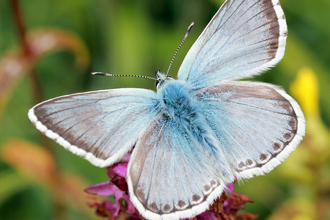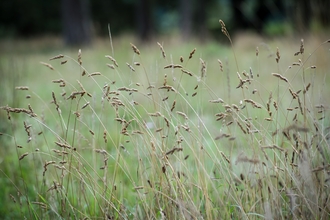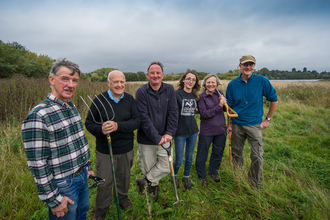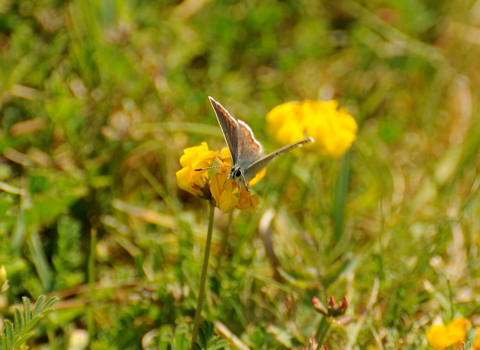
Brown Argus on Horseshoe-vetch by Brian Eversham
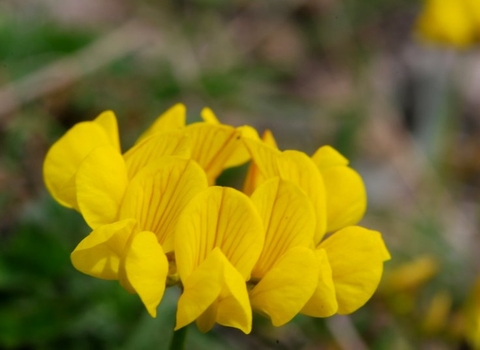
Horseshoe-vetch by Brian Eversham
Horseshoe vetch
Horseshoe vetch is a member of the pea family, so displays bright yellow, pea-like flowers and seed pods. Look for this low-growing plant on chalk grasslands from May to July.
Scientific name
Hippocrepis comosaWhen to see
May to JulySpecies information
About
The perennial horseshoe vetch is an essential plant for the chalkhill and adonis blue butterflies as their caterpillars feed solely on it; it is also used by the Dingy Skipper. It is a low-growing plant, with yellow pea-like flowers that appear from May to July on chalk and limestone grasslands with short turf. The common name is thought to come from the shape of the seed pods, which are twisted and have horseshoe-like segments.How to identify
Horseshoe vetch displays between five and twelve small, bright yellow, pea-like flowers on each head. It has small, green, folded, oval leaves.Distribution
Mainly found in England.Did you know?
Chalk grasslands bloom with wildflowers all summer long, supporting important populations of butterflies, moths and other invertebrates. In these special places, horseshoe vetch can be found alongside bee orchids, common rock-rose and greater knapweed.How people can help
The Wildlife Trusts manage many grassland habitats sympathetically for the benefit of all kinds of wildlife. Careful grazing with traditional breeds, hay-cutting at the right time and scrub clearance are just some of the ways grasslands are kept in good condition - supporting plants and invertebrates and, in turn, the larger animals that prey on them. By volunteering for your local Trust you can help too, and you'll make new friends and learn new skills along the way.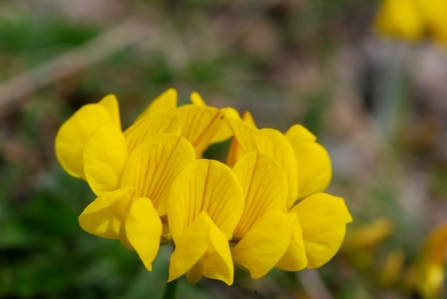
Horseshoe-vetch by Brian Eversham

